Research Article
GUO Linlin, PAN Di, ZHENG Tian, FU Lingyun, XU Yini, LIAO Jiajia, NIU Xiaoshu, SHEN Xiangchun
OBJECTIVE To explore the effect of oxymetrine (OMT) on alleviating cholestatic hepatic fibrosis by downregulating V-Mafavian musculoaponeurotic fibrosarcoma oncogene homolog G (MAFG). METHODS In vivo, six-week-old male C57BL/6J mice were randomly divided into 5 groups. The model group and the test groups were supplemented with 0.1% of the 3,5-diethoxycarbonyl-1,4-dihydro-2,4,6-collidine (DDC) diet. The positive control group was administrated with 5 mg·kg-1 obeticholic acid (OCA), and the low-dose and high-dose OMT groups were supplied with 25 mg·kg–1 OMT and 50 mg·kg–1 OMT, respectively. Mice were administrated once a day for 27 days and sacrificed by cervical vertebra removal. Serum aspartate transaminase (AST), alanine transaminase (ALT), total bile acid (TBA) and total bilirubin (TBIL) were detected. Pathological changes and collagen deposition in liver tissue were observed by hematoxylin and eosin (H&E) and Masson staining. Protein expressions of fibrosis-related proteins alpha-smooth muscle actin (α-SMA), fibronectin (FN), and MAFG were observed by immunohistochemistry, and the protein levels of α-SMA, collagen type Ⅰ, collagen type Ⅲ, FN, and MAFG were detected by Western blot.An in vitro fibrosis model was created by induction of transforming growth factor β1 (TGF-β1) in human liver stellate cells LX-2. Cells were divided into the control group, model group (10 ng·mL–1 TGF-β1), and low-dose and high-dose OMT groups (2 μmol·L–1 and 10 μmol·L–1, respectively). Western blot was used to detect the protein expressions of α-SMA, collagen type Ⅰ, collagen type Ⅲ, FN, and MAFG. The stable overexpression and knockdown of MAFG were constructed by lentiviral transfection, and the expressions of hepatic fibrosis-related proteins were detected. RESULTS OMT significantly attenuated DDC-induced cholestatic liver fibrosis (P<0.05) and reduced serum AST, ALT, TBA, and TBIL in cholestatic mice (P<0.05). OMT significantly down-regulated the protein levels of fibrosis-related proteins α-SMA, collagen type Ⅰ, collagen type Ⅲ, FN, and MAFG in the liver of mice (P<0.05). Besides,OMT significantly inhibited fibrosis-related indicators and expression level of MAFG in TGF-β1-induced LX-2 cells (P<0.05). Overexpression or knockdown of MAFG in LX-2 cells showed similar changing trends in the protein levels of fibrosis-associated proteins to that of MAFG. CONCLUSION OMT significantly alleviates the DDC-included cholestatic liver fibrosis via downregulating MAFG. MAFG is a potential target for the treatment of cholestatic liver fibrosis.

